Lyric Video Tribute To @modmad‘s Webcomic The Property Of Hate
Lyric video tribute to @modmad‘s webcomic The Property of Hate
More Posts from Dubiasdead and Others
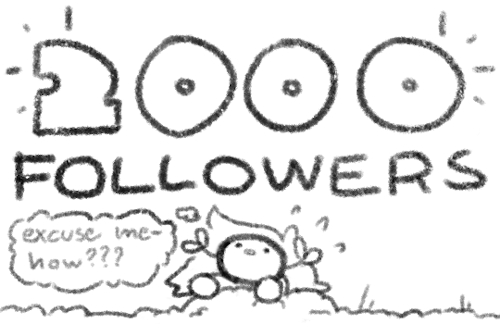
Wow so I just hit 2000 followers! I wanted to do something to celebrate, so I’m holding a *drumroll*


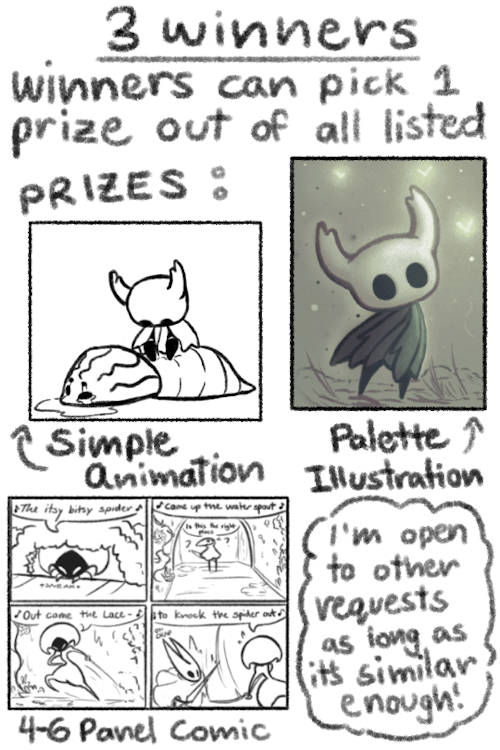

Thank y’all so much!! ;v; Text transcript under cut:
Keep reading
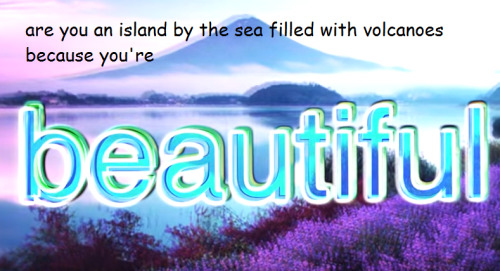
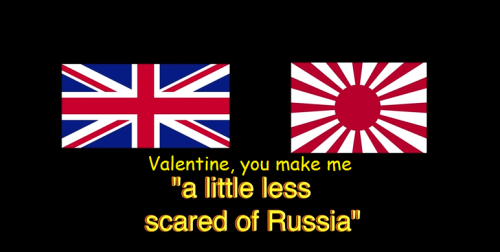

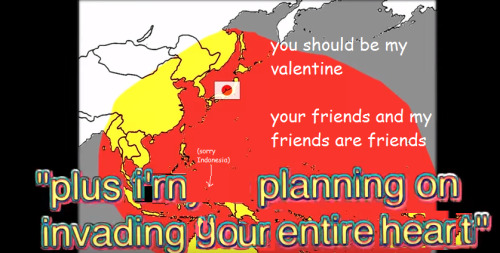

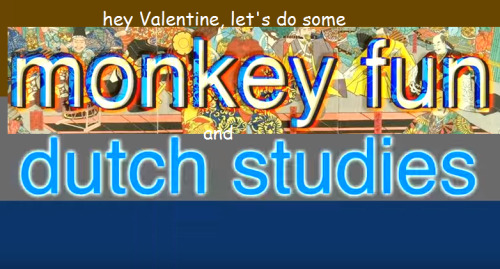
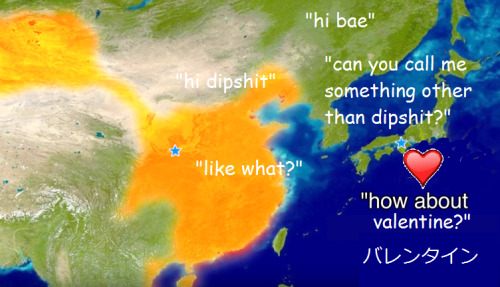
i made some history of japan valentines
HOW TO DONATE TO BLM WHEN YOU HAVE NO MONEY
a black woman named zoe amira posted a video on youtube. this video is an hour long and filled with art and music from black creators. it has a ton of ads, and in result will rack up a ton of revenue. 100% of the ad revenue from the video will be dispersed between various blm organizations, including bail-out funds for protesters. it will be split between the following, dependent on necessity
brooklyn bail fund
minnesota freedom fund
atlanta action network
columbus freedom fund
louisville community bail fund
chicago bond
black visions collective
richmond community bail fund
the bail project inc
nw com bail fund
philadelphia bail fund
the korchhinski-parquet family gofundme
george floyd’s family gofundme
blacklivesmatter.com
reclaim the block
aclu
turn off your adblocker and put the video on repeat. do not skip ads. let it play on loop whether you’re listening or not. mute the tab if you need to focus elsewhere. but let. it. play.
youtube will donate to blm for you.
please, please reblog. for people who don’t have money to spare, this is incredibly important information to have.
2d Animation - Smearing
What is smearing? Smearing is a multitude of techniques used in animation to bridge two or more frames to create the illusion of motion through methods like blurring, warping, distortion, and a few others.
I wanted to start of with a fresh animation to demonstrate some movements.

It looks like it can definitely use some extra information to convey the motion of the sword. This is where we starting thinking about how to smear the object(s).
The most common approach that I’ve noticed that animators take, especially newer animators, is that they warp the whole object. As in they have a point A, and a point B, and then they just have a “mass” of implied motion in between those points.

Here’s a still shot

It works quite well with objects like swords. So here’s what my attempt looked like.

It definitely helped explain the movements more, but I’m not sure I liked it.
Thankfully there are other “types” of smears that we can look at to try to see if they fit in this particular animation.
The next one I wanted to try was “speedlining.” This is basically when you distort the edges or add speedlines to the edges to make the object appear in motion.
Here’s an example

and the still shot:

notices how the edges appear more sketchy. This one is really common and it can be executed in different ways.
Here’s my attempt

I really like this type of smearing, even though it still lacks some of the motion that the first iteration lacked. The speedlines really add character to the motion that would otherwise be missing in a normal warp, but I still needed that smear to bring it to the point where it needed to be.
So here’s what some call “doubling.” (and just as a side comment, I don’t think any of these have “official names” other than just smearing)

Here’s the still shot

This was a really well executed smear which I don’t think would have worked the same if you would have just warped the faces.
Here’s another slightly different execution

with the still shot

It’s like a distortion mixed with doubling, and that’s what I like about smears.. you can mix and match things you feel would work in the particular scene.
So here’s my mix n’ match smear.

Not the best execution, but for our purposes I think it works well.
Motion blurring is really powerful as well. Film uses it all the time, as does 2d animation. Notice the force of the impact being pronounced with the added blur at the head.

Here’s the still shot

There are a few other smears I thought were interesting because it just speaks to the way our brain interprets these frames without even considering the logical implications of the individual frames.
Here’s one example

I don’t know if you caught that, but here is the still shot:

The guy has a knob for a hand. It works so well, you don’t stop to think about implication of that hand’s morphology.
Here’s another one that doesn’t make too much sense.

Like what is this

That’s Imaishi. It’s part of why we love that animator so much. It’s part of his style and character. It conveys an emotion that would otherwise be absent in a “realistic” smear. Animation doesn’t have to make sense. It just has to look good.









Walk, Trot, and Gallop:
Top Row: Eadwaerd Muybridge
Row 2, by Richard Williams
Row 3, by Preston Blair
Row 4, by Marc Davis
Row 5, by Josh Weldake
Row 6, 7, & 8


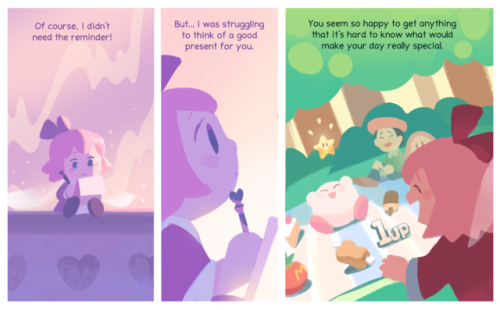
i made a short comic about kirby for the series’ 25th anniversary! please read the rest on my twitter or my website.
Reblog if you're black tumblr.
You don’t have to be black, it just means you support us, you stand by us and you’re for us.

This originally was going to be for Patreon but I decided to share it for free.
Basic realistic canine hind leg tutorial. Please note that some dogs do have dew claws on their hind legs, but not most.
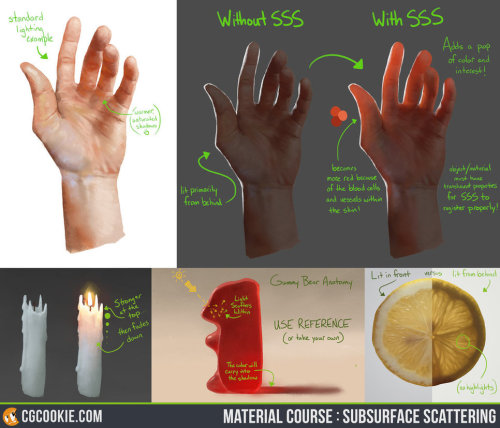


Exercise 50: Subsurface Scattering by CGCookie
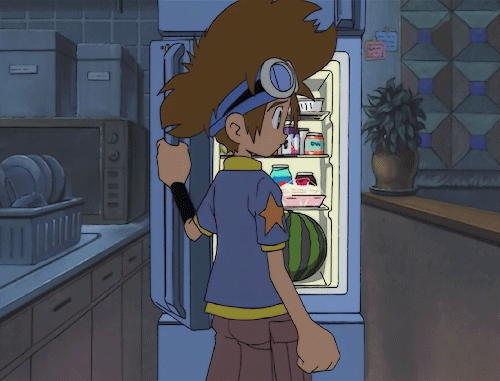
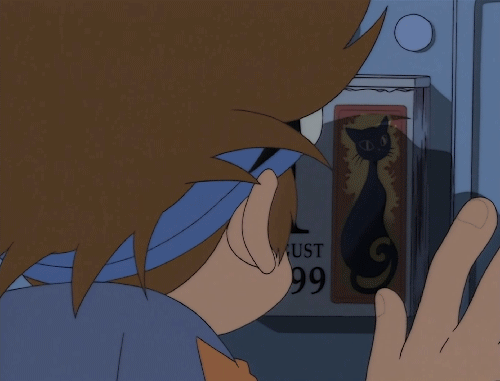
-
 findmeabowlofmakebelieve reblogged this · 1 year ago
findmeabowlofmakebelieve reblogged this · 1 year ago -
 ramblinseahorsey reblogged this · 1 year ago
ramblinseahorsey reblogged this · 1 year ago -
 ramblinseahorsey liked this · 1 year ago
ramblinseahorsey liked this · 1 year ago -
 cos01001 liked this · 2 years ago
cos01001 liked this · 2 years ago -
 unshaken-ketchup-water liked this · 2 years ago
unshaken-ketchup-water liked this · 2 years ago -
 silvr-skreen liked this · 2 years ago
silvr-skreen liked this · 2 years ago -
 lebirbybitch reblogged this · 2 years ago
lebirbybitch reblogged this · 2 years ago -
 lebirbybitch liked this · 2 years ago
lebirbybitch liked this · 2 years ago -
 allbutterfliesknow liked this · 2 years ago
allbutterfliesknow liked this · 2 years ago -
 in-2many-fandoms liked this · 2 years ago
in-2many-fandoms liked this · 2 years ago -
 veiled-artist liked this · 3 years ago
veiled-artist liked this · 3 years ago -
 spadoodler reblogged this · 3 years ago
spadoodler reblogged this · 3 years ago -
 spadoodler liked this · 3 years ago
spadoodler liked this · 3 years ago -
 astraea-rn liked this · 3 years ago
astraea-rn liked this · 3 years ago -
 licos-accidental-main-lol liked this · 3 years ago
licos-accidental-main-lol liked this · 3 years ago -
 kityri-imera reblogged this · 3 years ago
kityri-imera reblogged this · 3 years ago -
 kityri-imera liked this · 3 years ago
kityri-imera liked this · 3 years ago -
 robin-the-robo liked this · 3 years ago
robin-the-robo liked this · 3 years ago -
 dragon-girls-stuff liked this · 4 years ago
dragon-girls-stuff liked this · 4 years ago -
 lovelivcat liked this · 4 years ago
lovelivcat liked this · 4 years ago -
 b-anana-snake-blog liked this · 4 years ago
b-anana-snake-blog liked this · 4 years ago -
 sk8ter-punk liked this · 4 years ago
sk8ter-punk liked this · 4 years ago -
 flawnle liked this · 4 years ago
flawnle liked this · 4 years ago -
 pinksakurafan liked this · 4 years ago
pinksakurafan liked this · 4 years ago -
 darkwingwolf8 liked this · 4 years ago
darkwingwolf8 liked this · 4 years ago -
 japstudios liked this · 4 years ago
japstudios liked this · 4 years ago -
 bookworm85blr liked this · 4 years ago
bookworm85blr liked this · 4 years ago -
 gracebeth3604 reblogged this · 4 years ago
gracebeth3604 reblogged this · 4 years ago -
 gracebeth3604 liked this · 4 years ago
gracebeth3604 liked this · 4 years ago -
 mythosmaiden liked this · 4 years ago
mythosmaiden liked this · 4 years ago -
 soupcorvus liked this · 4 years ago
soupcorvus liked this · 4 years ago -
 aimasup reblogged this · 4 years ago
aimasup reblogged this · 4 years ago -
 aimasup liked this · 4 years ago
aimasup liked this · 4 years ago -
 gventorman liked this · 4 years ago
gventorman liked this · 4 years ago -
 liquid-snakes reblogged this · 4 years ago
liquid-snakes reblogged this · 4 years ago -
 self-insert-chan liked this · 4 years ago
self-insert-chan liked this · 4 years ago -
 my-fucking-nightmare liked this · 4 years ago
my-fucking-nightmare liked this · 4 years ago -
 avatarcatz2323 reblogged this · 4 years ago
avatarcatz2323 reblogged this · 4 years ago -
 avatarcatz2323 liked this · 4 years ago
avatarcatz2323 liked this · 4 years ago -
 theknittingmermaid liked this · 4 years ago
theknittingmermaid liked this · 4 years ago -
 dragonfeather15 liked this · 4 years ago
dragonfeather15 liked this · 4 years ago -
 shayjustdied reblogged this · 4 years ago
shayjustdied reblogged this · 4 years ago -
 shayjustdied liked this · 4 years ago
shayjustdied liked this · 4 years ago -
 lasupercrack liked this · 4 years ago
lasupercrack liked this · 4 years ago -
 ka-fasila liked this · 4 years ago
ka-fasila liked this · 4 years ago -
 syntheticmask liked this · 4 years ago
syntheticmask liked this · 4 years ago -
 winterpower98 reblogged this · 4 years ago
winterpower98 reblogged this · 4 years ago